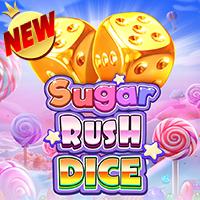Bagi para pencinta slot online gacor, Sugar Rush Dice menjadi salah satu pilihan terbaik untuk dimainkan hari ini! Dengan RTP

gimpscripts.net

Bagi para pencinta slot online gacor, Sugar Rush Dice menjadi salah satu pilihan terbaik untuk dimainkan hari ini! Dengan RTP